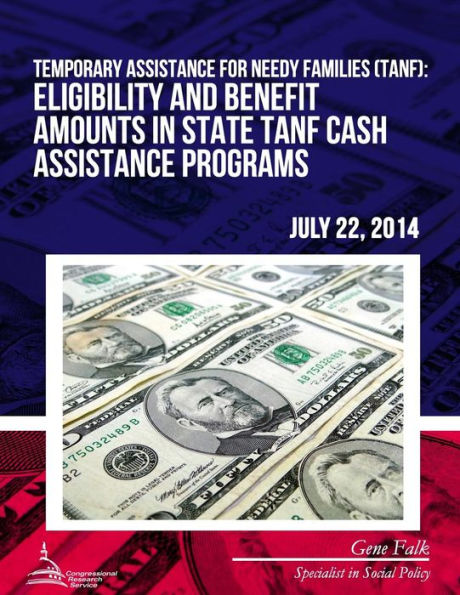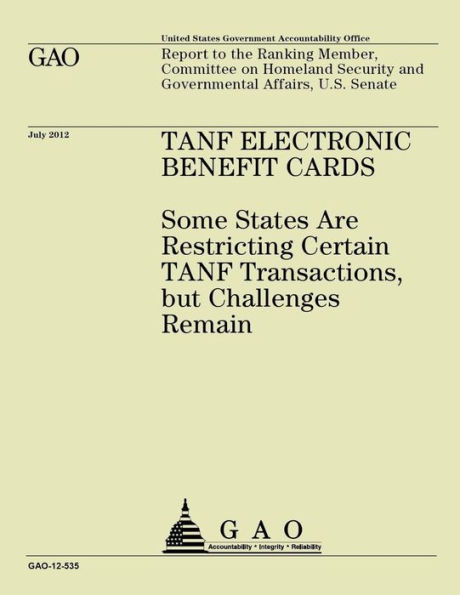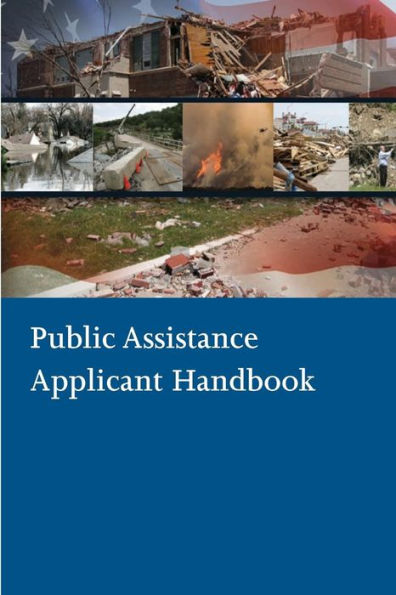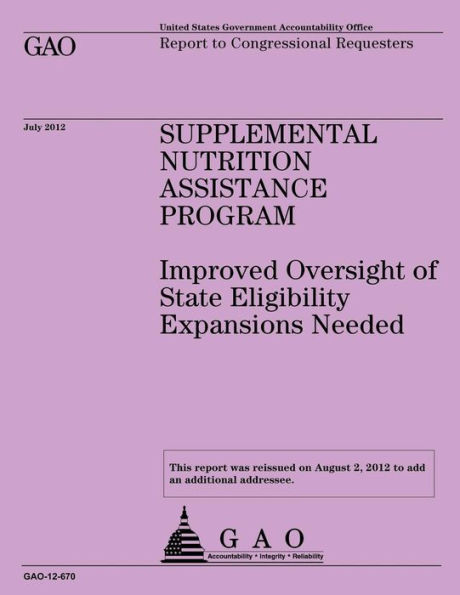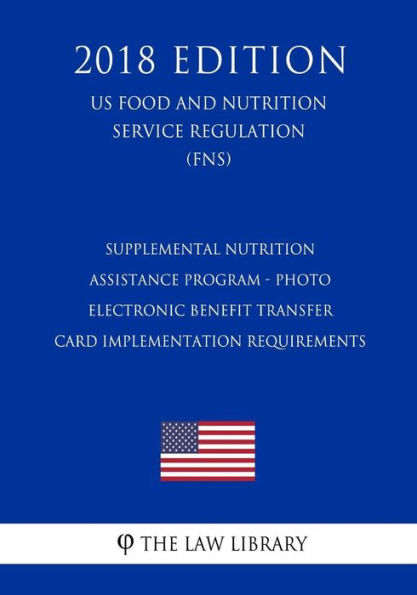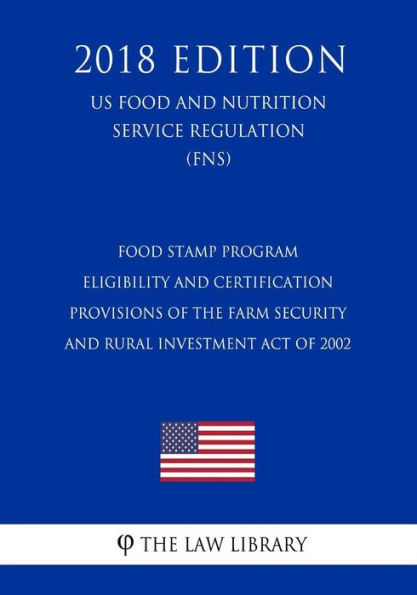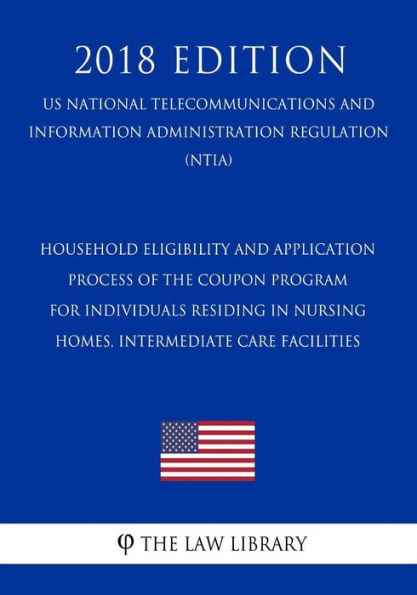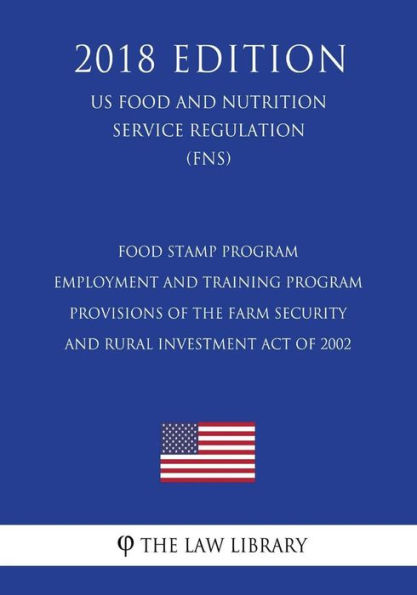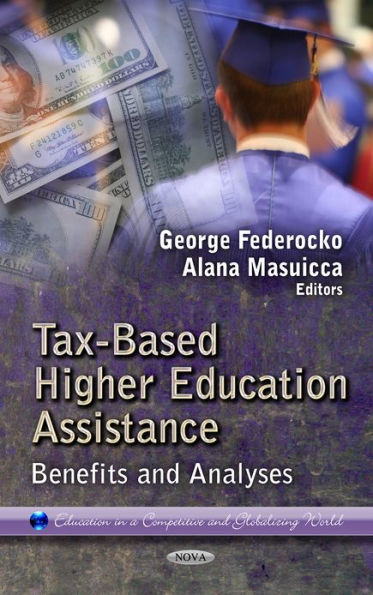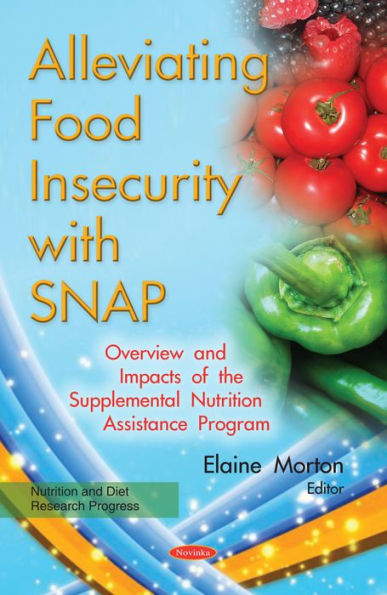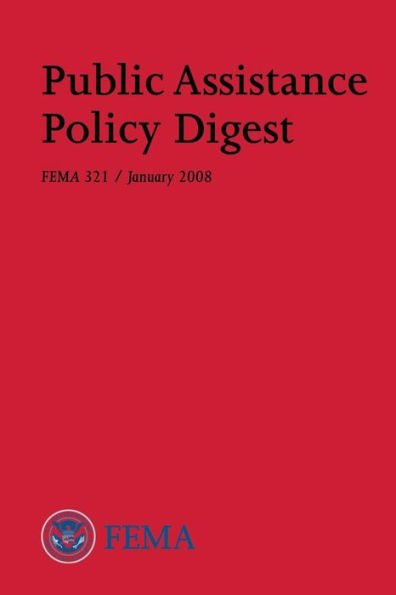Home
Temporary Assistance for Needy Families (TANF): Eligibility and Benefit Amounts


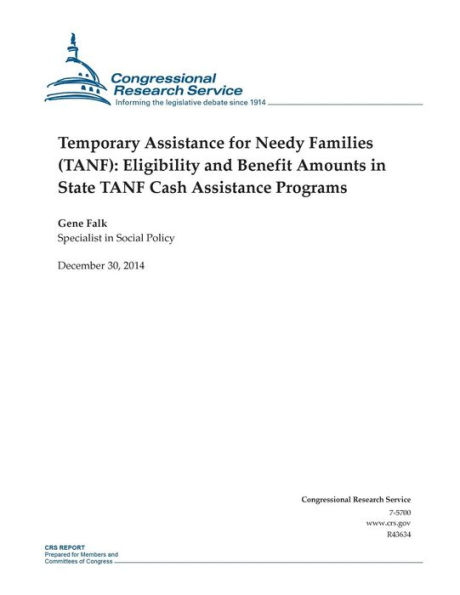
Temporary Assistance for Needy Families (TANF): Eligibility and Benefit Amounts
Current price: $19.95
Loading Inventory...
Size: OS
The Temporary Assistance for Needy Families (TANF) block grant helps states fund, among other benefits and services, cash assistance for needy families with children. While there are some federal rules that determine who may qualify for TANF-funded cash assistance (e.g., the family must have a dependent child), states determine the financial eligibility criteria and cash assistance benefit amounts. There is a large amount of variation among the states in the income thresholds that determine whether a family is eligible for cash assistance and in the benefit amounts paid. Most states only admit very poor families onto the benefit rolls. In July 2013, the majority of states (29 states and the District of Columbia (DC)) required that a single mother caring for two children earn less than $814 per month to gain entry to the benefit rolls-an earnings level representing about half of 2013 poverty-level income. States often permit families with a working member who obtains a job while on the rolls to remain eligible for TANF at higher earnings levels, though in many states such eligibility is retained for a limited period of time. States also usually require that a family has assets below a specified amount in order to qualify for benefits. In July 2013, 27 states and DC required applicant families to have $2,000 or less in assets to gain entry to the benefit rolls. In most states, the value of at least one of the family's cars is not counted toward the state's asset limit. In July 2013, the state with the lowest maximum benefit paid to a family consisting of a single parent and two children was Mississippi, with a benefit of $170 per month (10% of poverty-level income). Among the contiguous 48 states and DC, the highest maximum benefit was paid in New York: $789 per month for a single parent of two children in New York City (49% of poverty-level income). The benefit for such a family in the median jurisdiction (DC, whose maximum benefit ranked 26th among the 50 states and DC), was $428, a benefit amount that represented 26% of monthly poverty-level income in 2013. TANF maximum benefits vary greatly by state; there is also a very apparent regional pattern to benefit amounts. States in the South tend to have the lowest benefit payments; states in the Northeast have the highest benefits. Though the 1996 welfare reform law that created TANF revamped many of the rules for cash assistance for needy families, states determined income eligibility rules and maximum benefit amounts even before enactment of the law. There were large variations among the states in benefit amounts before the 1996 welfare law. The regional pattern to benefit amounts-with relatively low benefits in the South-also existed under pre-TANF law.
